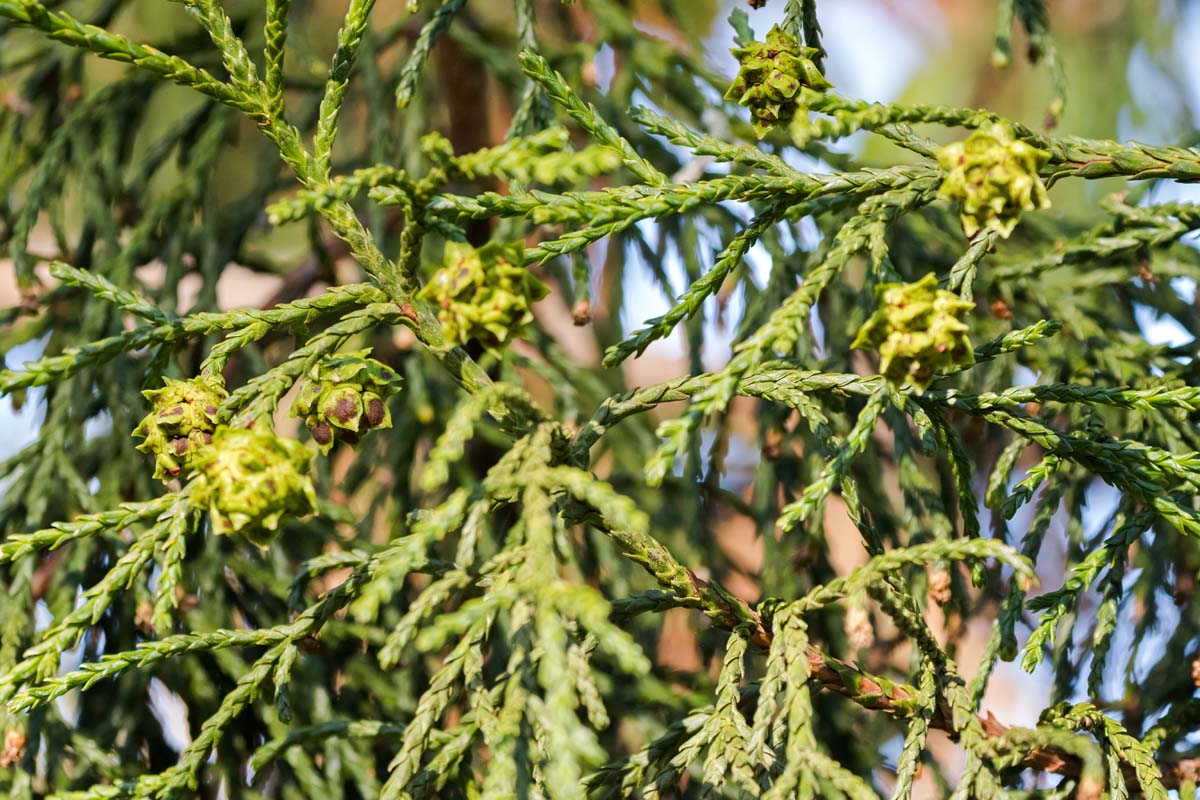Description
Athrotaxis – Tasmanian Cedar
There are 3 species, one of which is a natural hybrid, of slow growing, long lived, compact, coniferous trees, in this genus. They are found in mountainous areas of Western Tasmania and Australia in rocky gullies on exposed rigids or around lakes. They usually take 2 or 3 decades to reach tree size. They have fissured bark that shreds in red to gray-brown stripes. It produces flattened needle to scale like or ovate overlapping leaves arranged in spirals and lying flat. They bear spherical or ovoid cones that are green ripening to brown. Female cones have 10-16 scales. Great as a small specimen trees, and will thrive in areas with cool humid summer.
Grow these moderately frost hardy trees in cool, permanently moist, but well drained, moderately fertile, humus rich, preferably slightly acidic soil in full sun.
Athrotaxis laxifolia – Sumit Cedar – Tasmanian Cedar – This conifer is a natural cross between A. cupressoides and A. selaginoides from Western Tasmania grows to 30-70’ feet tall and spreads to 12-20’ feet wide. It grows to narrowly to broadly conical tree with an open crown and shaggy fissured, reddish-brown, bark. It produces yellowish green leaves that turn dark green as they mature. The leaves are ovate up to ¼” long spreading and horizontally arranged along the shoots. They bear bright green ovoid cones up to 1” long that turn orange-yellow then final brown as they ripen.
Zones 7-9





